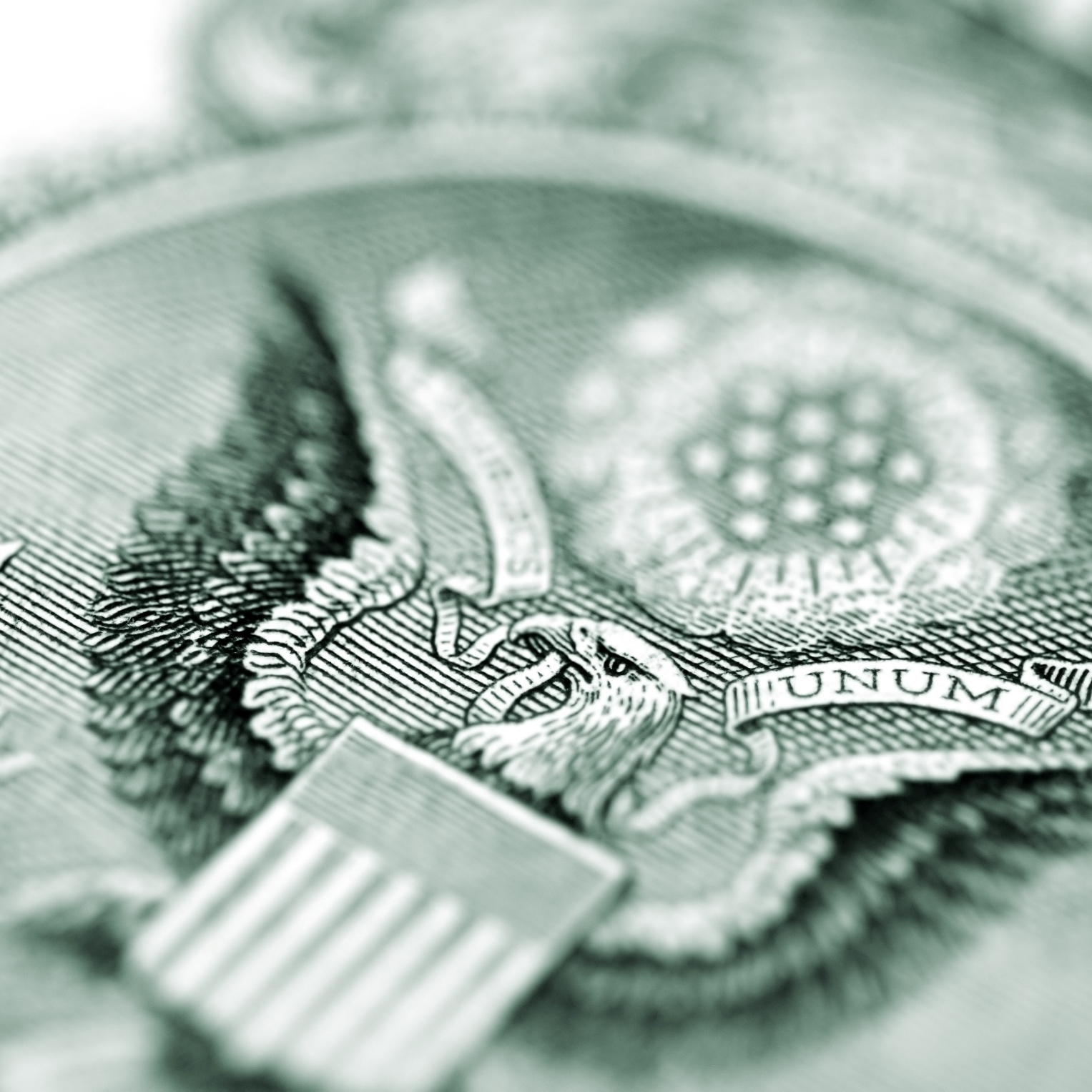Economy
Multiple Fresh Signs of Economic Reports Showing Weakness for Q3/Q4

Published:
Last Updated:

Now that the third quarter has come to an end, and with the election dominating the fourth quarter, 24/7 Wall St. wanted to take a look at the broader economic snapshot of the data that might have an impact on the growth story for the third and the fourth quarters. The reality is that there are a lot of negative readings that were seen for the month of August and that were spilling over into September.
We already have covered 10 things that might be scaring the hell out of investors for the coming quarter. The additional items that follow have been broken out into seven broader categories, but they actually cover more data than just seven points. Links have been included for more detail on each. These have been covered from the most recent releases going back over the past two weeks.
August personal income and personal spending figures showed systemic sluggishness. The Bureau of Economic Analysis (BEA) released the data on September 30. Personal income increased by $39.3 billion, or by 0.2%, in August and spending was flat at 0.0% in August. Bloomberg had the consensus estimates at 0.2% for both personal income and consumer spending. There was some flatness in spending already in the works, and economists should have considered that August was a month in which some holes already were appearing on the retail spending front.
Durable goods were not that durable in August. A September report from the U.S. Department of Commerce showed that sales of the big-ticket items that consumers and businesses generally keep and use for years came in flat at 0.0% in August. This was far better than the −1.9% consensus from Bloomberg and the −1.5% consensus estimate from Dow Jones, but the annual number looked far worse at −1.3%. Also, flat is not growth. Durable goods excluding defense were down by 1.0% in August. Keep in mind that this report is among the most volatile of all economic numbers, regardless of the broader economic trends.
A speech from Federal Reserve Chair Janet Yellen in the week of September 30 did not go on endlessly about an immediate need to raise interest rates. Still, what it did go on about was how the eight largest banking institutions in America were going to have to have even more regulation and were going to have even more capital reserves set aside for the next recession in order to pass modified stress tests with comfort.
The Federal Reserve Bank of Chicago released its nationally focused Chicago Fed National Activity Index (CFNAI) on September 23. This reading was for August and was a negative report. Sadly, it was after having been positive in July. This September 22 report showed that CFNAI was −0.55 in August, compared with +0.24 in July. The report also showed that all four broad categories that make up the index fell from July, and that all four categories made negative contributions to the index in August. This was even after the FOMC decision to keep rates steady signaled that GDP growth would be more tame for years ahead.
Global GDP has been talked down in recent weeks. In the past two weeks we have seen lower global GDP projections from the International Monetary Fund (IMF) and from the Organization for Economic Cooperation and Development (OECD). For whatever it is worth, Fannie Mae’s 2016 outlook was still keeping an upbeat view on GDP in 2016 — just understand that it is U.S.-focused only.
Even on September 15, the combined data from retail sales and industrial production were muting the Fed’s ability to hike interest rates. Other issues also were signaling weakness. There was a dip in small business optimism from the owners, and CEOs still seem worried about a flat economy.
Before you hit the panic button on any one issue, keep in mind that there are also some positive readings as well. Most months have economic readings that act to counterbalance each other. Most data in September were also for the month of August, and some of the more live data was looking as though September’s tone was a bit better than that of August.
The last few years made people forget how much banks and CD’s can pay. Meanwhile, interest rates have spiked and many can afford to pay you much more, but most are keeping yields low and hoping you won’t notice.
But there is good news. To win qualified customers, some accounts are paying almost 10x the national average! That’s an incredible way to keep your money safe and earn more at the same time. Our top pick for high yield savings accounts includes other benefits as well. You can earn up to 3.80% with a Checking & Savings Account today Sign up and get up to $300 with direct deposit. No account fees. FDIC Insured.
Click here to see how much more you could be earning on your savings today. It takes just a few minutes to open an account to make your money work for you.
Thank you for reading! Have some feedback for us?
Contact the 24/7 Wall St. editorial team.